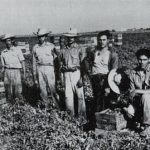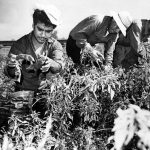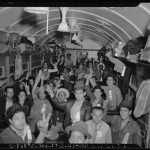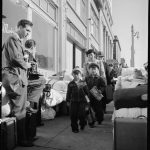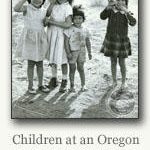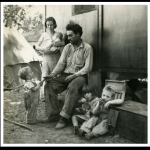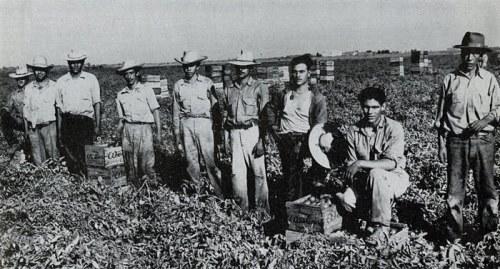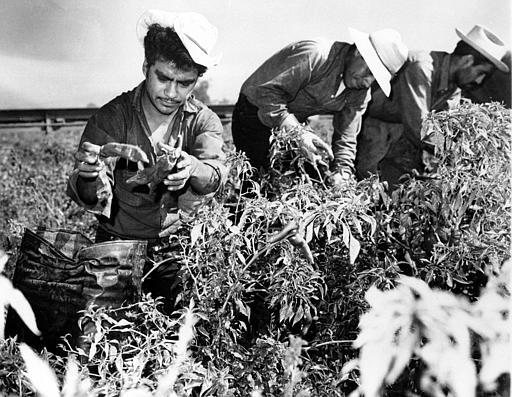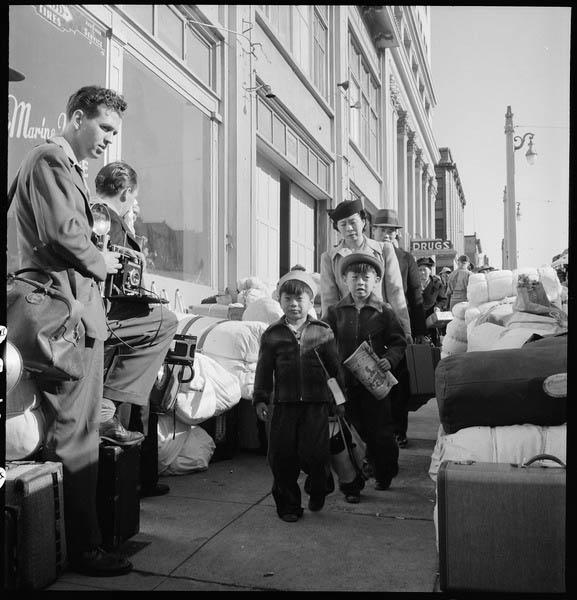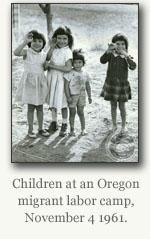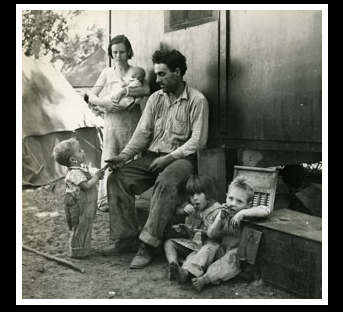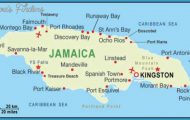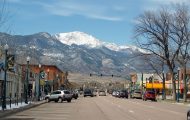In the 1940s, World War II produced a shift in the tide of Mexican migration. As the United States entered the war, Mexican Americans responded to a call of duty. Mexican Americans served in the military overseas and upon their return; seventeen received Congressional Medals of Honor. In California, World War II brought tremendous labor shortages as men were called to war. Here also, Mexican Americans responded by filling these jobs. As a result, many were able to gain entry into jobs and industries previously closed off to them. However, at the same time they were achieving some upward mobility, they also were leaving behind less skilled jobs, like farmwork.
Labor shortages produced by World War II were particularly felt in agriculture, though other industries, like steel manufacturing, meatpacking, and processing, also suffered. Once again, the United States turned toward Mexico to fill these shortages. In 1942 the U.S. Department of State reached an agreement with the Mexican government to create a temporary labor program. The Mexican government built in provisions to protect its citizens from the types of discriminatory exploitation that
Mexican laborers had previously incurred in the United States. The U.S. Department of State conceded to Mexican demands for protective measures. Both the United States and Mexico, having signed the Mexican Labor Program (more typically referred to as the Bracero program), implemented this new system in August 1942.
Under the Bracero program, Mexicans were provided with temporary permits that allowed them to work legally in the United States for short periods of time. In the United States, growers were provided a cheap labor force. Despite provisions for the humane and fair treatment of Mexican laborers, braceros endured less-than-ideal working and living conditions. In the agricultural fields, they lacked toilets and running water; they were also exposed to dangerous pesticides, like DDT. The agricultural camps where braceros lived tended to provide substandard housing, and the tenants were frequently overcharged for their board.
While the program was intended to attract a documented Mexican labor pool, it also resulted in a large migration of undocumented workers. California, having attracted the highest percentage of braceros, experienced the significant growth of its Latino population. In 1952 the United States experienced a recession that brought attention to the rise in undocumented Mexican migrants in the country. Again, the United States carried out a mass deportation campaign, called Operation Wetback. In California, the Immigration and Naturalization Services, along with local officials, carried out raids in which Mexican migrants were rounded up and deported. In the course of 3 years, more than one million Mexicans and Mexican Americans were expelled from the United States. Ironically, even in the midst of deportations, the U.S. Congress approved the continuity of the Bracero program until 1964. Mexicans continued to migrate to California in search of jobs.
When the program ended, Mexicans had once again become an indispensable part of California culture. Also noteworthy: at the program’s end, several well-established patterns of Mexican migration had emerged. Many braceros chose not to return to Mexico, settling in California, where they continued to work and live in ethnic enclaves. Later some braceros encouraged further migration of relatives and friends to California. A pattern of cyclical migration also emerged as Mexicans moved to California for short stints at a time in order to earn money. Finally, the Bracero program contributed to a growing trend of undocumented migration through California’s southern border. These patterns of Mexican migration and settlement would take on new significance in the 1980s and 1990s, as Mexicans once again become targets of nativism.

